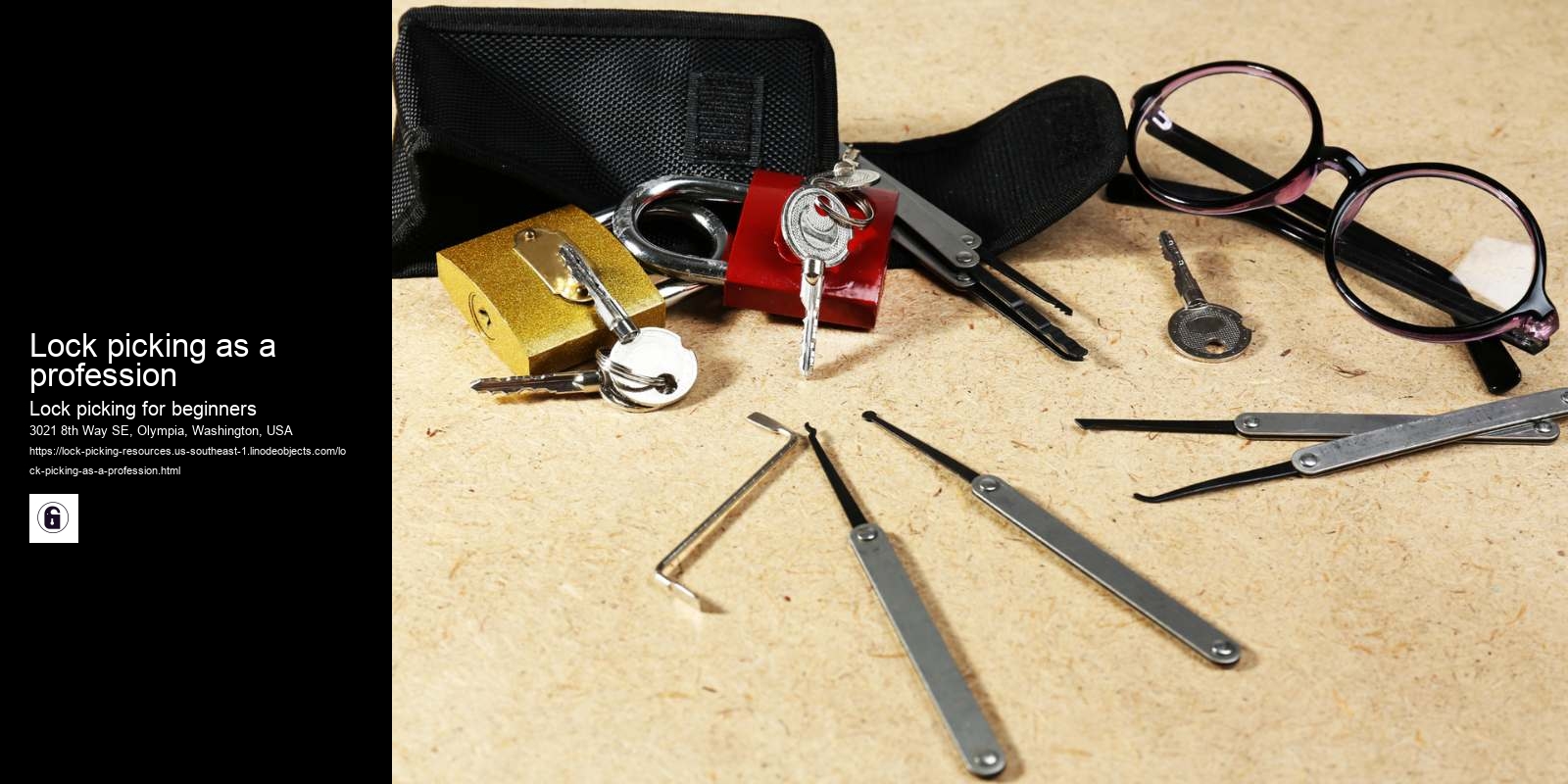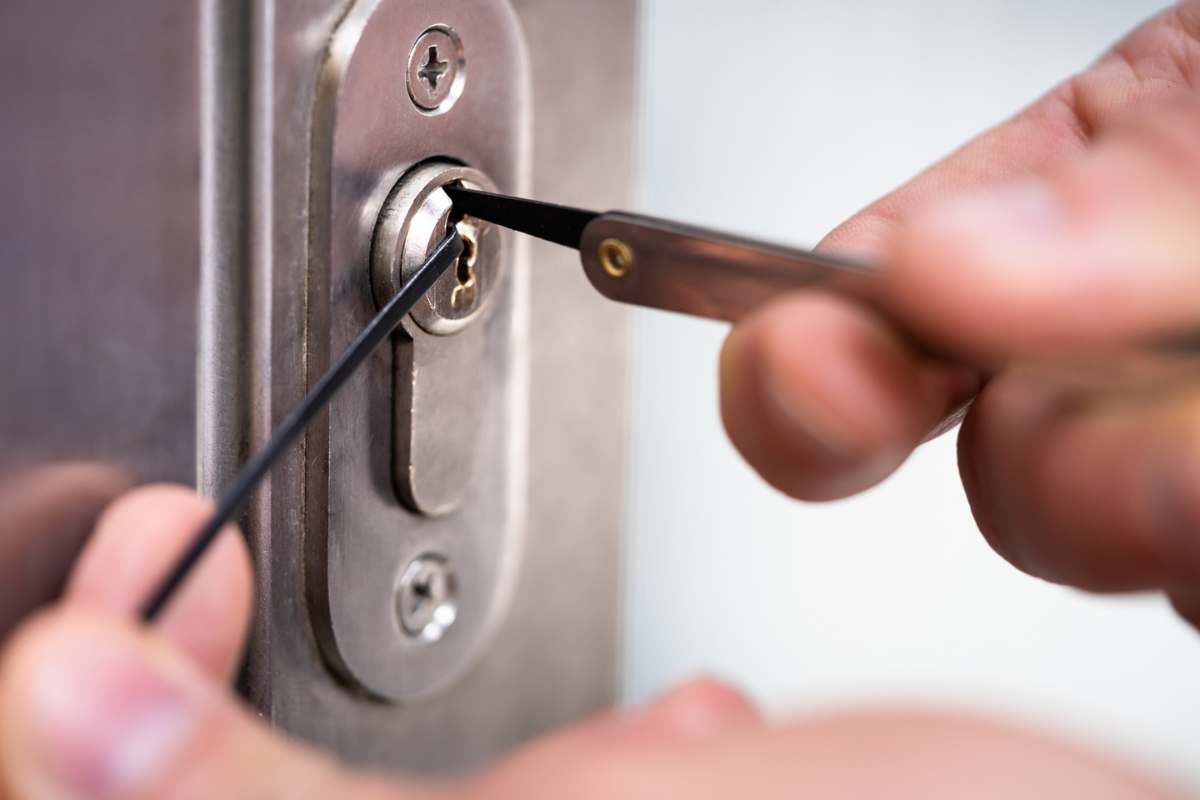How does a decoder work?
Once the tension wrench is in place, it's important to maintain a constant amount of pressure on it throughout the picking process. This pressure creates tension on the pins inside the lock and allows the picker to feel for the binding pin. The binding pin is the one that is set deeper than the other pins and requires more pressure to move.
When the binding pin is identified, the picker can use their pick tool to manipulate it. It's important to apply the right amount of pressure to the pin without releasing the tension on the wrench, as this will cause the other pins to reset. The picker should continue to manipulate the pins one by one until all of them are set to the correct height and the lock can be turned and opened.
It's worth noting that using a tension wrench takes practice and skill. The amount of tension to apply will vary depending on the lock, and too much or too little pressure can prevent the lock from opening. It's important to remain patient and focused throughout the process, and to adjust the amount of pressure on the tension wrench as needed to successfully open the lock.
In lock picking, a hook pick and a diamond pick are two common types of tools that are used to manipulate the pins inside a lock. Although they are both used to pick locks, they have different shapes and are designed to be used in different ways.


